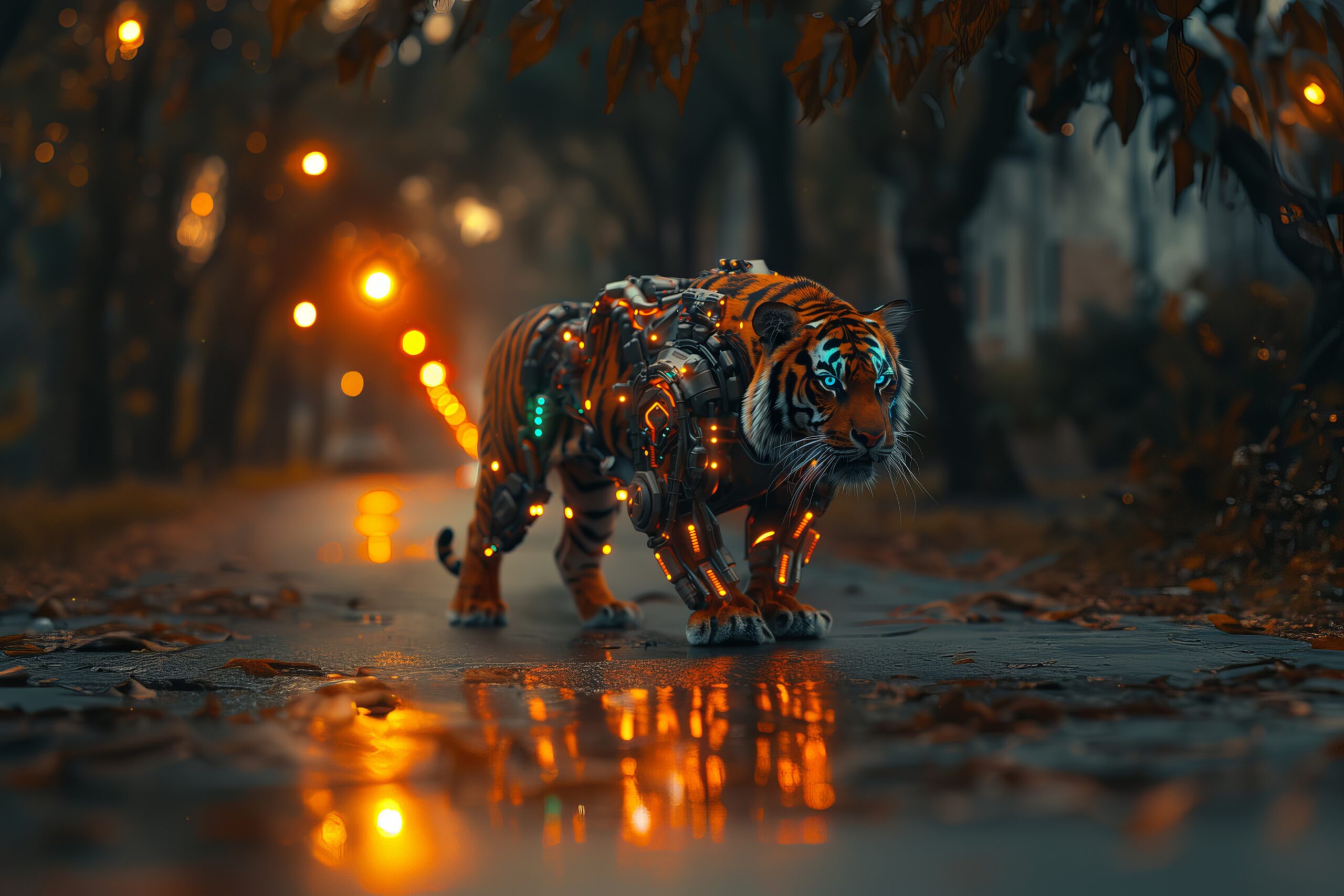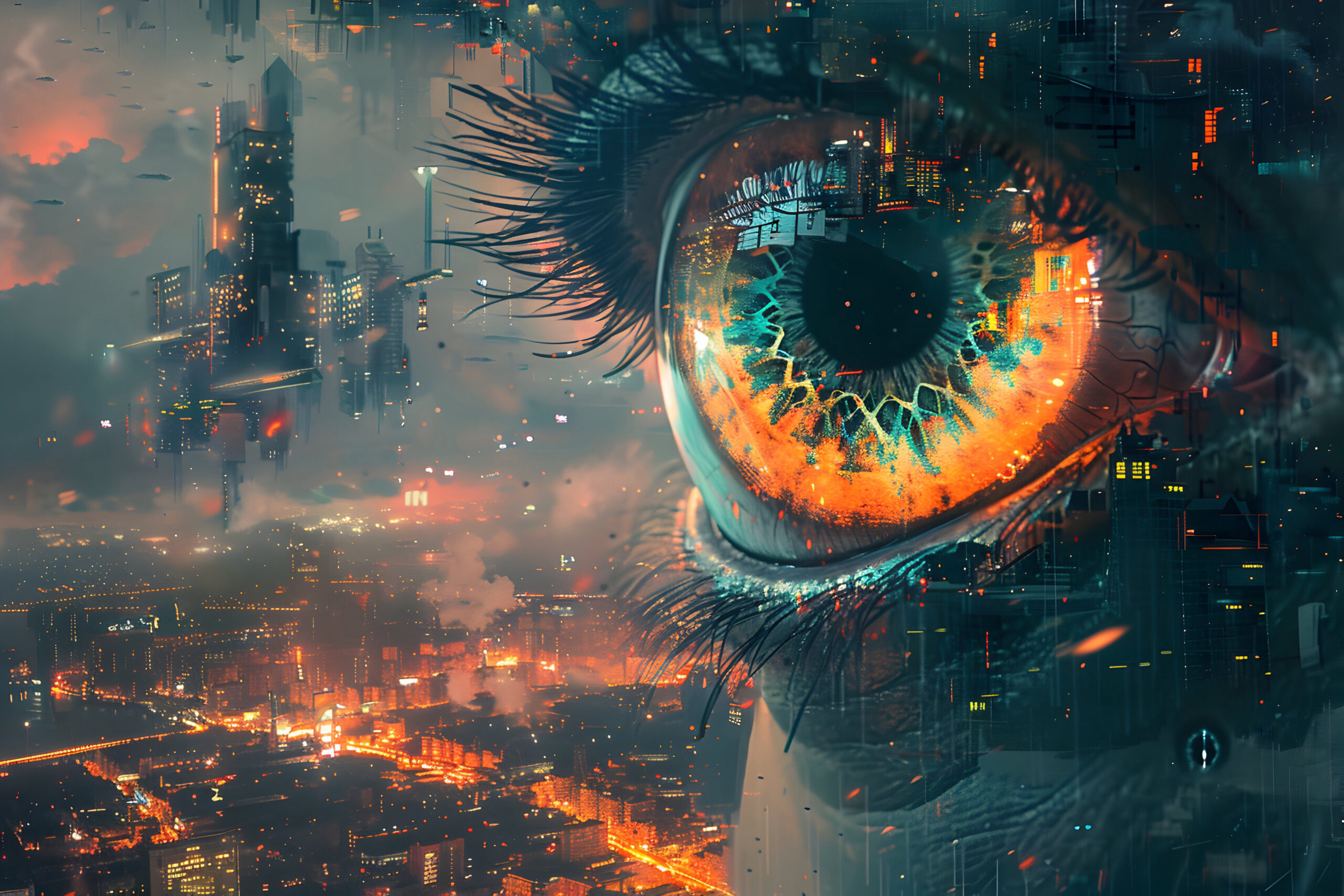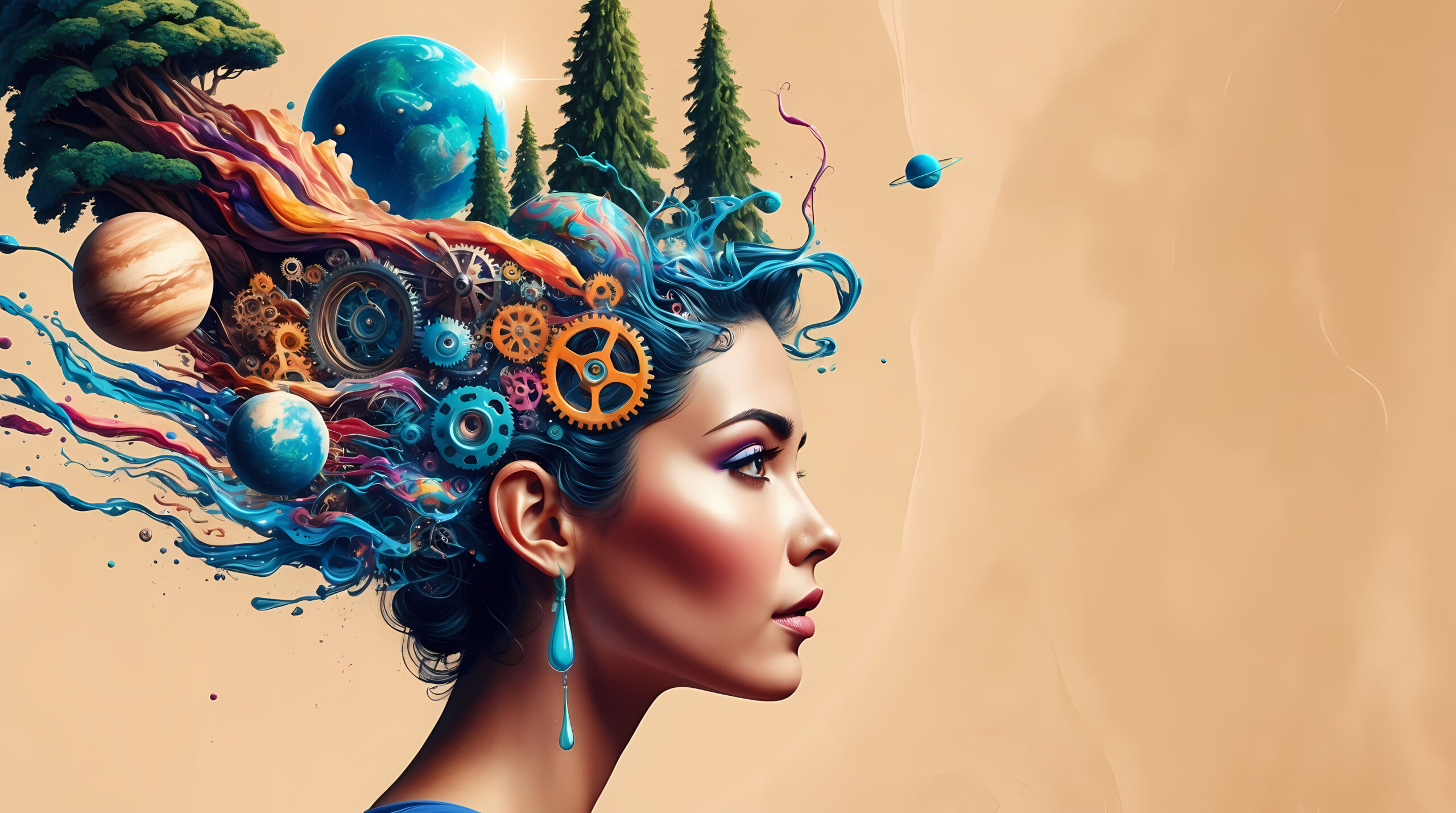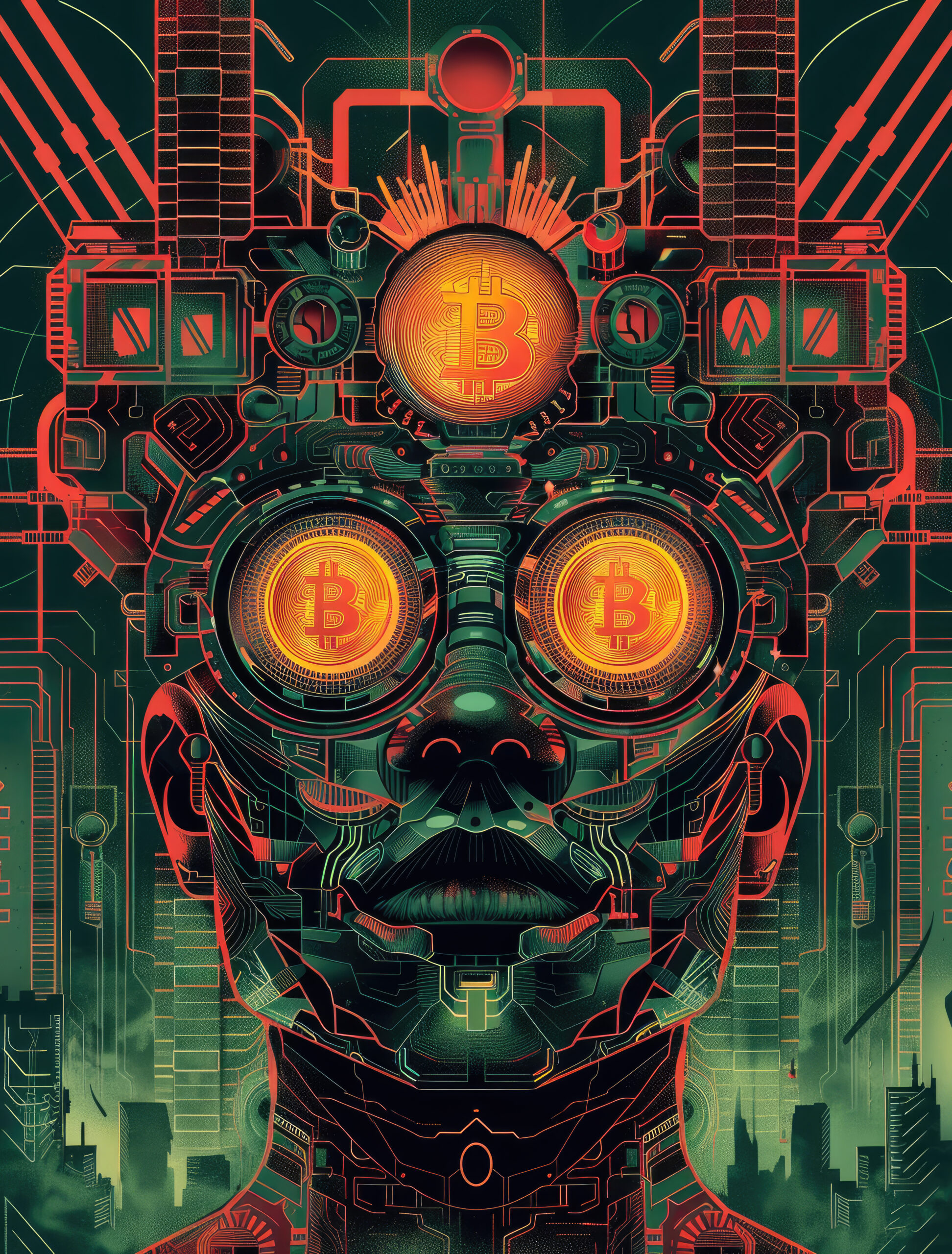Picture this: a canvas bursts with swirling colors, a haunting portrait stares back at you, or a surreal landscape bends reali

Picture this: a canvas bursts with swirling colors, a haunting portrait stares back at you, or a surreal landscape bends reality—all created not by a human hand, but by a machine. Welcome to the wild world of AI art, where lines of code churn out masterpieces that leave us scratching our heads: Is this real art? It’s a question buzzing from art studios to tech labs, and everyone’s got an opinion. Whether you’re an artist wielding a brush, a student sketching your future, a collector hunting the next big thing, or just someone curious about where creativity’s headed, artificial intelligence in art is shaking things up—and it’s a blast to explore.
So, let’s dive into the debate. I’ve rounded up insights from experts—painters, programmers, critics, and more—to unpack is AI art real. From its mind-blowing potential to its philosophical quirks, here’s what they’re saying about AI-generated art and what it means for the creative soul.
1. The Wow Factor: How AI Makes Art That Stuns

First off, let’s marvel at what AI artists can do. Tools like DALL·E, Midjourney, and Stable Diffusion are churning out digital art and AI creations that rival gallery walls. Feed them a prompt—“a steampunk city floating in the clouds”—and boom, you’ve got a jaw-dropping image in seconds. In 2022, an AI-generated art piece, Théâtre D’opéra Spatial by Jason Allen, even won a fine art competition in Colorado, sparking cheers and jeers alike.
Tech enthusiast Mia Chen, a machine learning developer, can’t get enough of it. “The precision and imagination of machine learning art are unreal,” she says. “It’s like giving a computer a paintbrush and watching it dream.” Stats back her up: a 2024 survey by ArtTech found that 65% of digital artists have experimented with AI in the creative industry, and collectors are snapping up these works—some fetching thousands at auctions.
But here’s the kicker: Does speed and sparkle make it art? For tech lovers, it’s a thrilling yes. For traditionalists? Not so fast.
2. The Human Touch: Artists Weigh In on AI vs. Soul

Step into a painter’s studio, and the vibe shifts. Maria Lopez, a watercolorist with 20 years of brushwork under her belt, isn’t sold. “Art is sweat, emotion, mistakes,” she argues. “AI vs human creativity isn’t a fair fight—machines don’t feel the sting of a blank canvas or the rush of a breakthrough.” To her, is AI art real hinges on intent and struggle, not just output.
Art students echo this. At a recent campus debate I peeked into, one undergrad said, “I spend hours mixing colors to get it just right. An AI spits it out instantly—where’s the soul in that?” Fair point. Human art carries fingerprints—literal and emotional—while AI-generated art feels polished, almost too perfect.
Yet, some creatives see a twist. Sculptor Jay Patel collaborates with AI, using it to sketch concepts he refines by hand. “It’s a tool, like a chisel,” he says. “The art’s still mine.” For artists open to future of art and AI, it’s less about rivalry and more about remixing the process.
3. The Critic’s Lens: Is It Art or Algorithm?
Cultural critics love a good tussle, and AI art gives them plenty to chew on. Dr. Elena Voss, an art historian, digs into the definition game. “Art’s always been about expression and context,” she explains. “If artificial intelligence in art reflects our prompts—our ideas—doesn’t that make it a mirror of human creativity?” She points to historical shifts: photography was once “not art” until it won hearts.
But then there’s the flip side. Critic Tom Harrow smirks at the hype. “Machine learning art is a parlor trick—clever, sure, but it’s just parroting patterns from human work it’s trained on.” He’s got a point: AI doesn’t dream up styles from scratch; it remixes billions of images it’s “seen.” A 2023 study showed that 90% of AI-generated art traces back to existing datasets—raising eyebrows among collectors who crave originality.
For thinkers, it’s a juicy paradox: Can a machine be an artist if it’s only as good as its human-fed ingredients?
4. The Market Speaks: Collectors and the AI Art Boom
Money talks, and it’s shouting about AI in the creative industry. Auction houses are buzzing—take Portrait of Edmond de Belamy, an AI-generated art piece sold for $432,500 at Christie’s in 2018. Collectors like Sarah Kim, a tech-savvy art buyer, see it as the future. “It’s a snapshot of our time,” she says. “Digital art and AI are collectible because they’re bold and new.”
Galleries are jumping in too. In 2024, the AI Art Fair in London drew 10,000 visitors, with half buying pieces priced from $50 to $50,000. But not everyone’s sold. Traditional collector Henry Blake shrugs, “I’d rather own a Picasso sketch than a million AI prints.” The tension’s real: Is AI art a fleeting trend or a lasting legacy?
For art students and educators, it’s a lesson in evolution—markets shift, and future of art and AI might just redefine “priceless.”
5. The Big Picture: What’s Art Anyway?
![]()
Here’s where it gets fun—and messy. If is AI art real depends on what “art” means, we’re in for a ride. Philosopher Dr. Liam Carter tosses out a curveball: “If AI makes something that moves you, who cares how it got there?” Imagine a grieving widow commissioning an AI artist to paint her late husband from old photos—and it brings her to tears. Is that less “real” than a human portrait?
Tech enthusiasts cheer the possibilities, while artists guard their craft’s heart. Critics split hairs, and collectors count dollars. Me? I think it’s a mashup—like jazz and hip-hop colliding. AI vs human creativity isn’t a cage match; it’s a dance, pushing boundaries and asking: What’s next?
So, Is AI Art Real? You Tell Me
From dazzling AI-generated art that wins prizes to soul-stirring debates about creativity’s core, artificial intelligence in art is a hot topic—and it’s not cooling down. Experts agree on one thing: It’s here, it’s wild, and it’s changing the game. Tech fans love the innovation, artists wrestle with its soul, critics debate its depth, and collectors bet on its buzz. For the curious, it’s a front-row seat to a cultural shake-up.
Here’s your move: Grab a coffee, check out some machine learning art online—try Midjourney or Artbreeder—and feel it out. Does it spark joy, awe, or unease? Share it with a friend, an art class, or your social feed. Future of art and AI isn’t just for experts—it’s for all of us. So, what’s your take: Is AI art real art, or a brilliant imposter? The canvas is yours.



COMMENTS